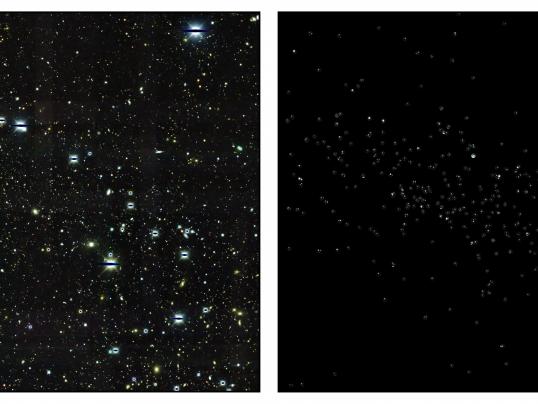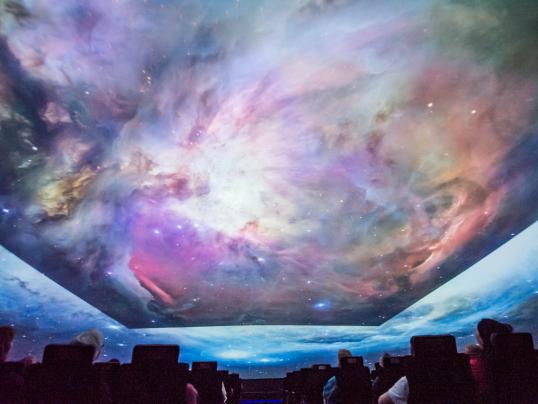Primary tabs

Knowing Where to Look
Monday, May 4, 2015
Getting a computer to “know what is where by looking” is a lot harder than it, er, looks.

Scientists Find Rare Dwarf Satellite Galaxy Candidates in Dark Energy Survey Data
Friday, May 1, 2015
Scientists on two continents have independently discovered a set of dwarf satellite galaxies orbiting our own Milky Way Galaxy.

The Most Wonderful Organ
Thursday, April 30, 2015
Students from a Chicago public high school come to campus to learn about the brain--and high-performance computing.

Researchers Study Grapevine Microbiota
Friday, March 27, 2015
When we drive past sunny fields of grapes, we might think we’re seeing how they’re doing—but much more is going on invisible to the human eye: vines and roots teeming with bacteria, viruses and fungi that all impact how those grapes will grow.

Not Just for Starlight Anymore
Monday, March 2, 2015
A planetarium is a multipurpose, high-resolution visualization facility--and it’s not limited to astronomy.